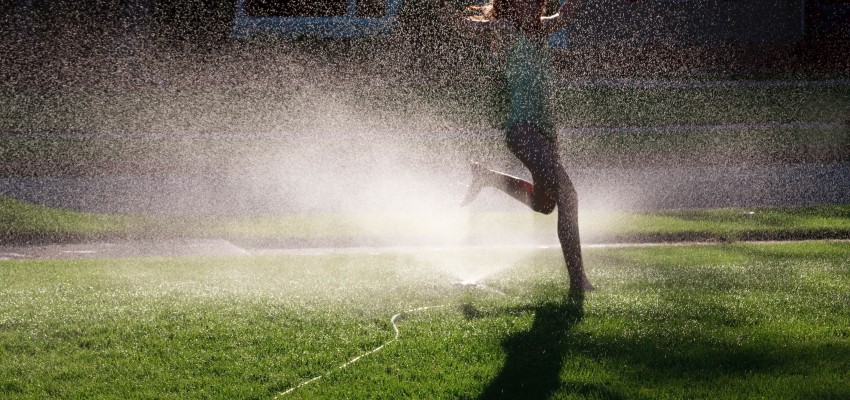Make your buildings more eco-friendly and save on HVAC costs
Green living
Greening your properties will see you saving a fortune in the future. The cost of renovations will soon be made up by lower utility bills. There has never been a more opportune time to make home improvements that will make your home more energy efficient as the government offers incentives to property owners to implement green building measures.
Seal the deal
Find all the tiny cracks, holes and gaps where air may escape. The Earthworks group claims that the average house has gaps and cracks that, when combined, add up to a 9 square foot hole. Sealing up these holes can save an enormous amount on your HVAC expenses. Larger structures such as industrial buildings, shopping centers, and apartment complexes can also greatly benefit from the use of a gas mass flowmeter which can help identify areas where energy efficiency can be improved.
Warm the cockles
Have your furnaces and ducting checked annually by a professional to keep them operating at optimal level. Make sure that filters are clean and that the vents are unobstructed. Clean ducts and bleed hot water radiators as air bubbles reduce efficiency. Consider replacing your furnace. Modern energy efficient models can have efficiencies as high as 97%. If you have to replace the furnace, delaying is only costing you more. If you use wood burning stoves, have the chimneys cleaned before the winter comes.
Bolster the Basement
Up to 40% of heat loss occurs in the basement. Insulate your basement with a high R-value material. If you want a more permanent solution, or you are designing a new home, consider using insulated concrete forms (ICFs). ICFs are Styrofoam blocks that fit together much like Lego blocks. The walls can be build in a matter of hours and are then filled with concrete. The Styrofoam offers excellent insulation and the concrete acts as a thermal mass; absorbing heat during the day and radiating it out at night. ICFs can save 30 to 50% on heating and cooling costs.
Keep a lid on it
Replace loose tiles or shingles on your roof. This will keep the warm air in and the squirrels out. Your attic is another place where much of your heat is lost. Ensure that your attic has at least 12 inches of insulation. Older buildings will probably be insufficiently insulated, especially if you can see the joists in the attic.
The World Inside your Windows
Single pane windows need to be replaced with double panes. Gas filled or triple pane windows are expensive, but you will recover installation costs in utilities savings. If you prefer to keep your old windows, put weatherizing film on them to help keep the heat in.
Appliance alliance
Use CLS lighting and energy efficient appliances to reduce costs. Opt for appliances which sport the Energy Star logo. You can also choose to install a filter such as the ukf8001 filter (or whichever filter model applies to your refrigerator).The cost of the new appliances will be recovered in as little as a year or two. If you live in Ontario, and have a fridge or freezer that is more than 15 years old, the Ontario Power Authority will come and remove it for free as part of their saveONenergy campaign. You can obtain coupons from the OPA which can be redeemed when you purchase a new appliance and will help you to recover your costs sooner.
Green living has never been easier! Many local authorities offer building owners incentives to make their buildings greener. Ontario is no exception and the ecoENERGY grant will reimburse property owners for improvements up to $5 000.





Great site! Great article!
Pingback: Work makes me sick
Thank you ever so for you blog. Want more.
Thanks for the support Brayden!
Pingback: Sick Building Syndrome: Is Work Making you Sick?